Mink fur is the preference of millions of women. Fur coats, vests and collars look expensive and presentable. But before making a purchase, you need to prepare well. You need to understand the numerous types, differences in fur, options that can be passed off as analogues.
Advantages, practicality and durability
Mink is a great image, warmth and comfort, light, soft, shiny. The main advantage is wear resistance and water resistance. With proper care, it retains its quality for up to 20 years. It is easy to care for the material. Mink coats adorn women of any age and build.
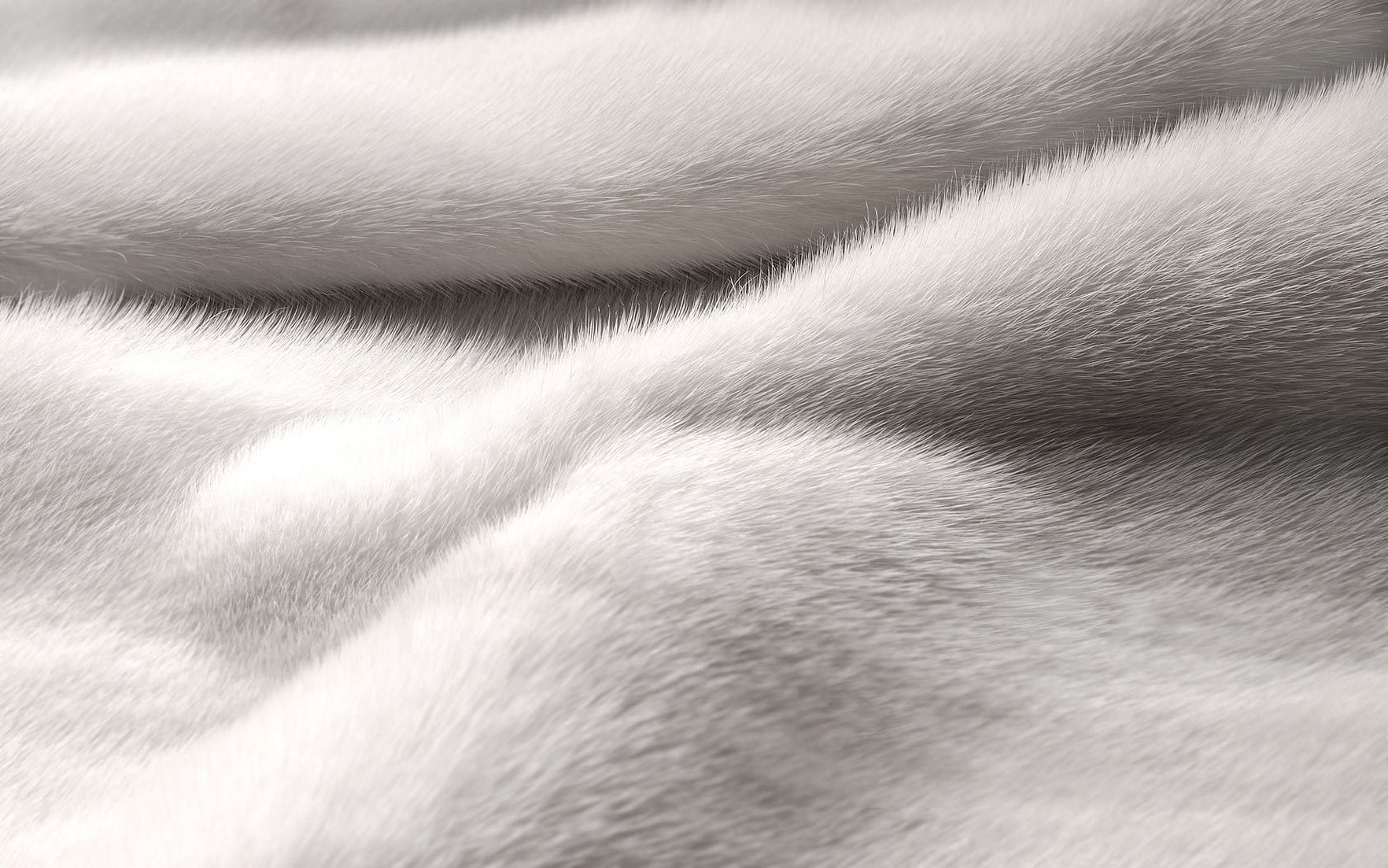
Classification of skins by size
According to size, the skins come in the following sizes:
- very large (more than 9.5 dm²);
- large (from 5 to 8 dm²);
- medium (from 3 to 5 dm²);
- small (up to 3 dm²).
Tips from professionals on how to choose a mink coat
The choice of a mink coat must be approached thoroughly:
- Carefully examine the product in good lighting. It should shine, and the coloring should be even.
- Run your hand over the surface. It should flow, the hairs should be elastic, not shaggy. When stroked against the grain, it quickly takes its original shape. There should be no hairs left on the palm.
- If you choose a painted variation, you need to wipe it with a wet cloth, on which there should be no traces of paint.
- Inspect the shoulder seams and the seams where the sleeves are sewn in especially carefully. It is in these areas that the "baldness" is noticeable.
- Check the fur coat "by ear". It should not rustle like paper. This is a sign of poor tanning of the skin.
- Evaluate the fur coat by weight. It should not be too light, as the skin could have been stretched during dressing.
- The lining of the product is made of high quality fabric.
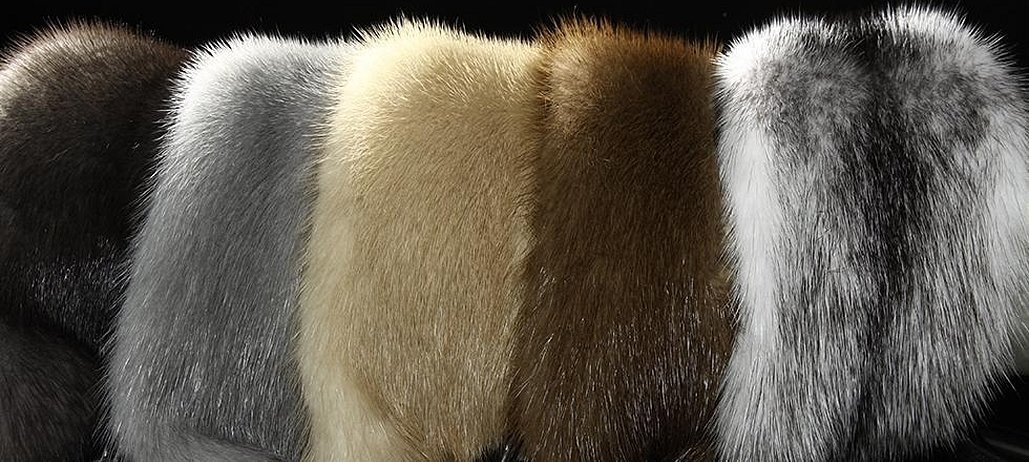
Mink fur: types
One of the varieties is Scandinavian. It was brought to Europe from North America at the beginning of the 20th century. The climate of the Scandinavian countries and the efforts of Danish and Finnish specialists allowed many varieties to be bred with amazing names and even, shiny fur color:
- Mahogany - rich brown color;
- pastel - brown color with a grayish tint;
- black - with a slight brownish-coffee tint.

Scandinavian mink
The Scandinavian variety is waterproof and wear-resistant. The fur is smooth and medium-length. Danish fur is soft, with short guard hair and thick underfur. Finnish fur is stiffer, with longer guard hair and less underfur. Scandinavian mink coats not only look expensive, but are also very warm.
Russian mink
The main difference is the length of the fur. The topcoat is higher than the undercoat and stands out against its background. At the same time, the density of the fur can be weakly filled, similar to marmot and very dense. The high undercoat and long pile of a Russian mink coat will warm you up perfectly in the harshest winters. The Russian looks a little shaggy, but it has a silky structure and a shiny appearance.
For your information! The natural colours of Russian mink do not require dyeing.
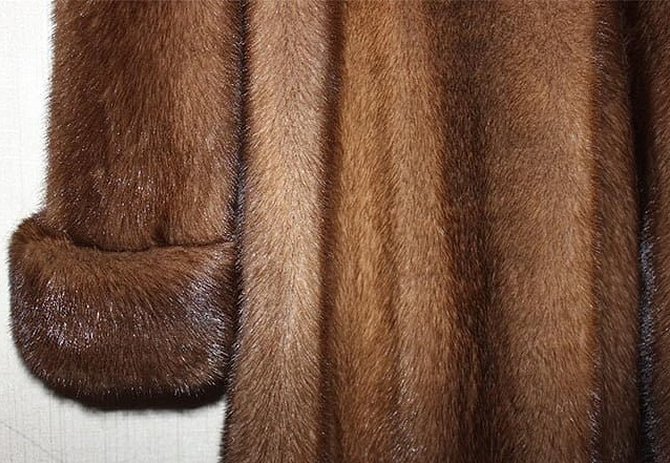
Chinese mink
China is actively increasing its fur production. But it is called Chinese very conditionally, because all the main types of mink are bred there: North American, Scandinavian, Russian. The quality of the Chinese product is low: long, hard guard hair, sparse undercoat. The reason is that the farms are located in different climate zones and there are not enough qualified specialists. The skins are dyed, sheared and plucked. The advantages of the Chinese version are its relatively low price.
European mink
The fur of the European mink is short and thick, most often black, with a brownish tint.
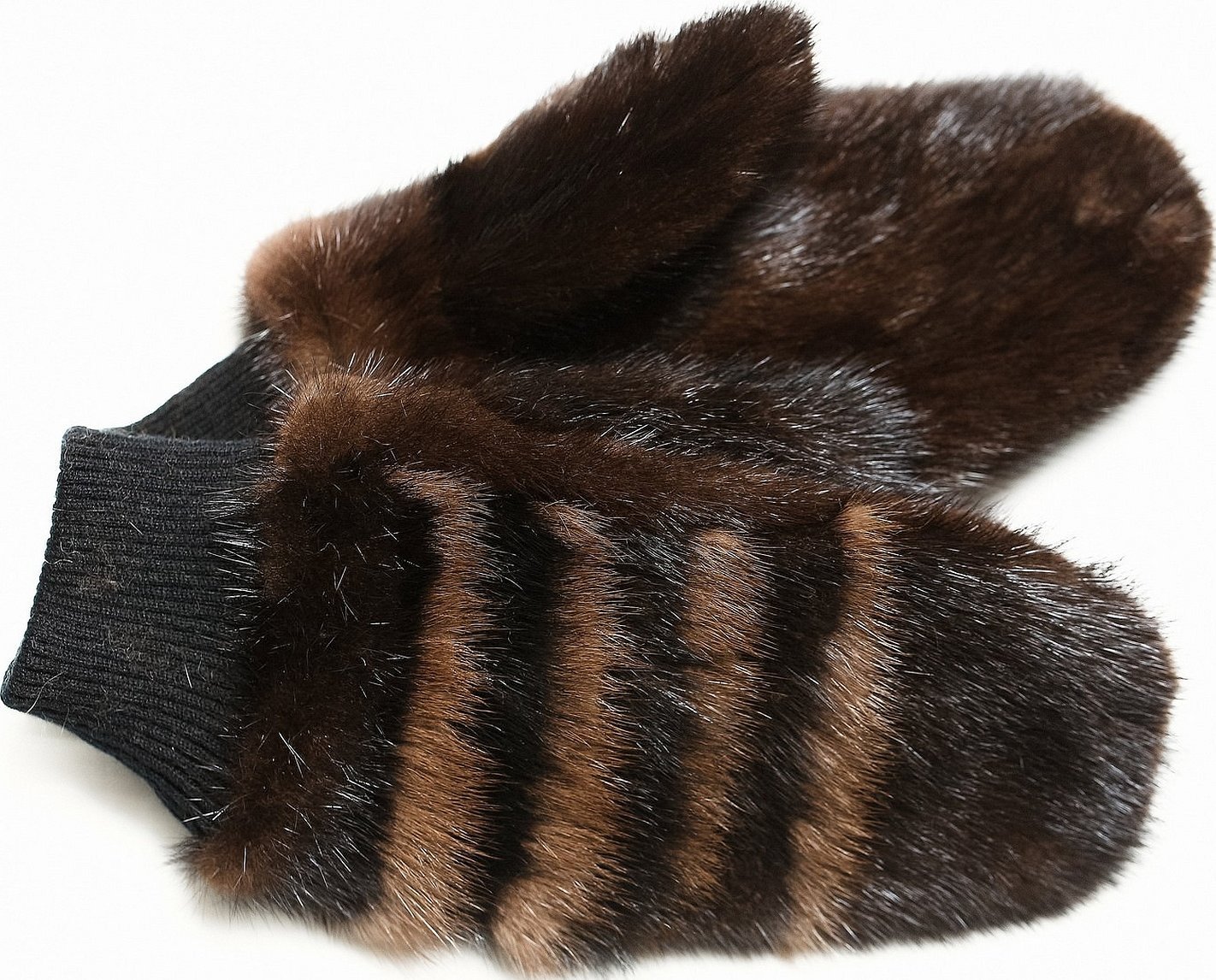
Spectacular images
Mink products are always in fashion. With a collar or a hood, a long fur coat or a short short fur coat - it is luxurious and prestigious. Fashionistas' wardrobes are replenished with jackets and vests with a stand-up collar, a shawl or without a collar at all. Magnificence inspires the creativity of couturiers to create absolutely incredible images.
Interesting! Knitted mink products never go out of fashion. The skins are cut into strips and tied to a knitted base. Knitting makes the fur lighter, the price is cheaper, but it is no less spectacular.
Against the background of mink splendor, it is easy to distinguish carefully selected skins of the North American mink "Black Lama". The black fur shimmers into dark chestnut and gray, matte, like velvet. The guard hair is short, level with the thick undercoat. Only the chosen ones can wear luxurious products made from it.
How to distinguish sheared mink from other furs
Please note! You can often find fur that looks like mink. What is it called - rabbit. Outwardly, it is very similar to sheared mink, the difference is small. But to the touch, rabbit is much softer, its fur is sparse and does not shine.
The fur of a marmot and a mink has differences: its guard hairs are of different lengths, are less flexible, and when stroked “against the grain” they stick out and prick.

The color of the honorik's fur is darker than the undercoat, unlike the mink, which has the same color.
Sheared lamb fur is becoming increasingly popular. It is light and warm, but does not shine.
Mink fakes (faux fur)
In the production of artificial fur, synthetic fibers with the addition of viscose are used. Modern industry, with the help of innovative technologies, produces high-quality products that are not much different from natural fur: even awn, thick undercoat, magnificent color, shine, elasticity.
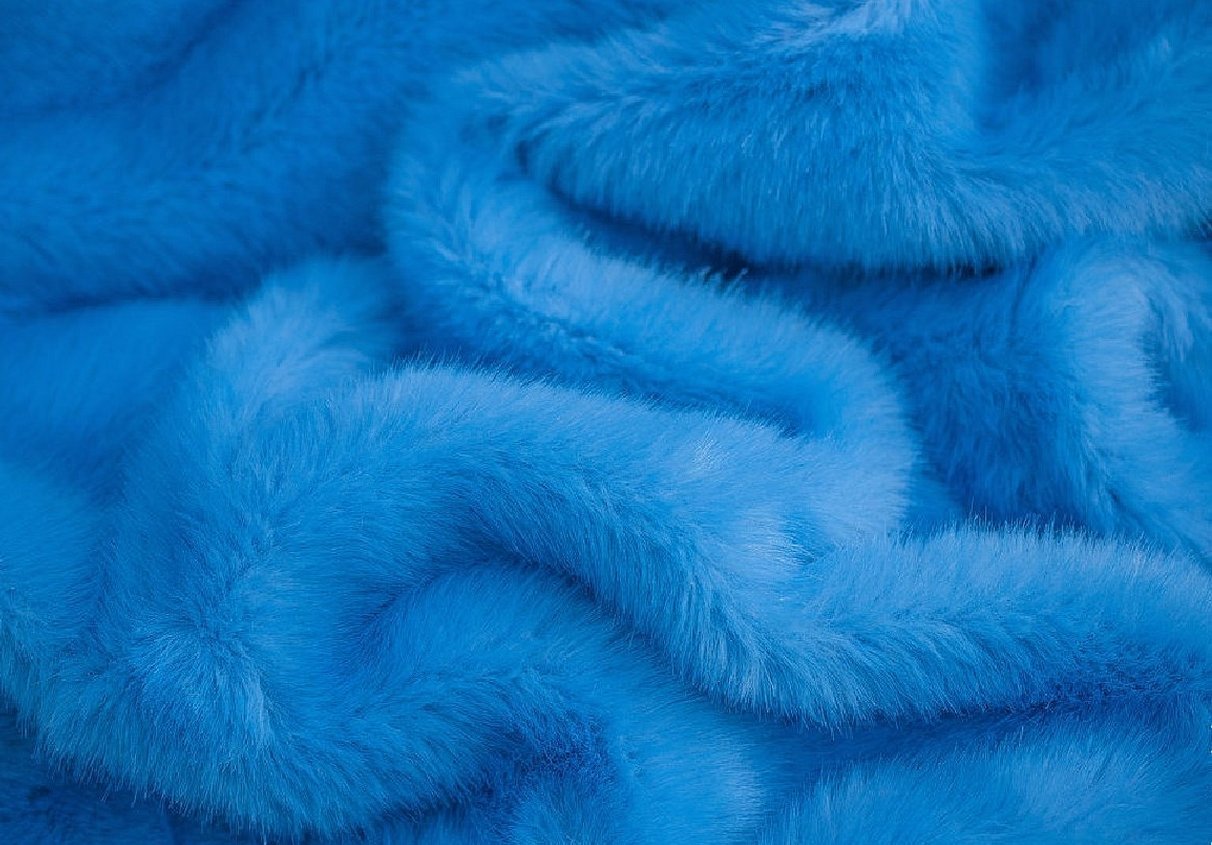
Having a decent appearance, artificial fur has a number of advantages:
- costs less;
- lasts longer;
- practical to care for;
- not afraid of pests.
Please note! One of the disadvantages is that a mink coat made of artificial fur is less warm than a natural one, but this is compensated for by the sewing.
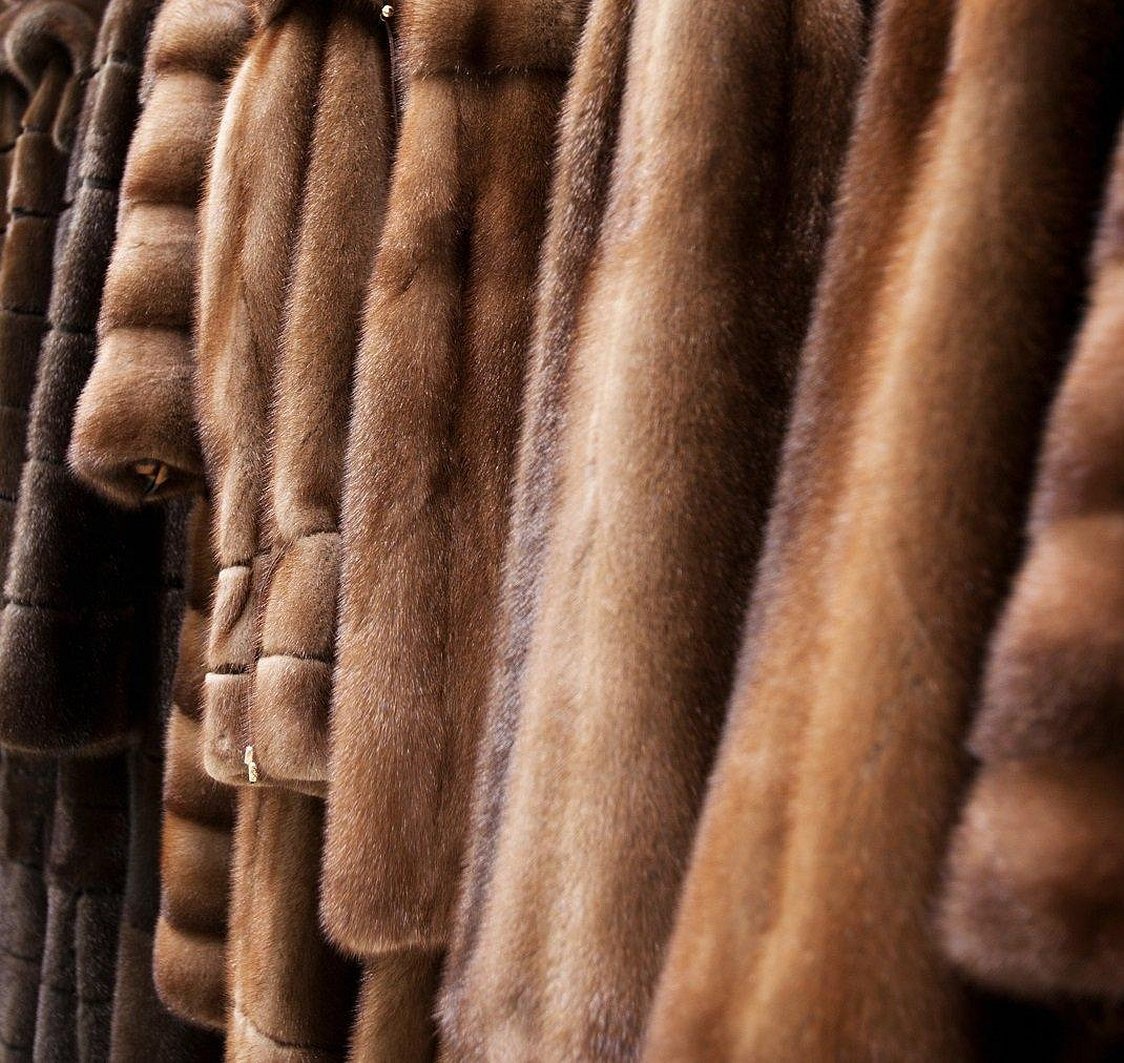
When choosing faux fur products, it is important to consider that its quality varies. You need to examine and touch it. High-quality fur has uniform, dense fur that is firmly attached to the base, does not fray, does not smell of paint, and when wet, the paint does not stain.
Everyday clothes or decorative items made of fur are always stylish and dignified. Whether clothes are made of natural or artificial fur, you should only go to specialized stores to buy them, then the item will please you for many seasons.




